Home>Home Appliances>Cleaning Appliances>How To Steam Mop Tile Floors
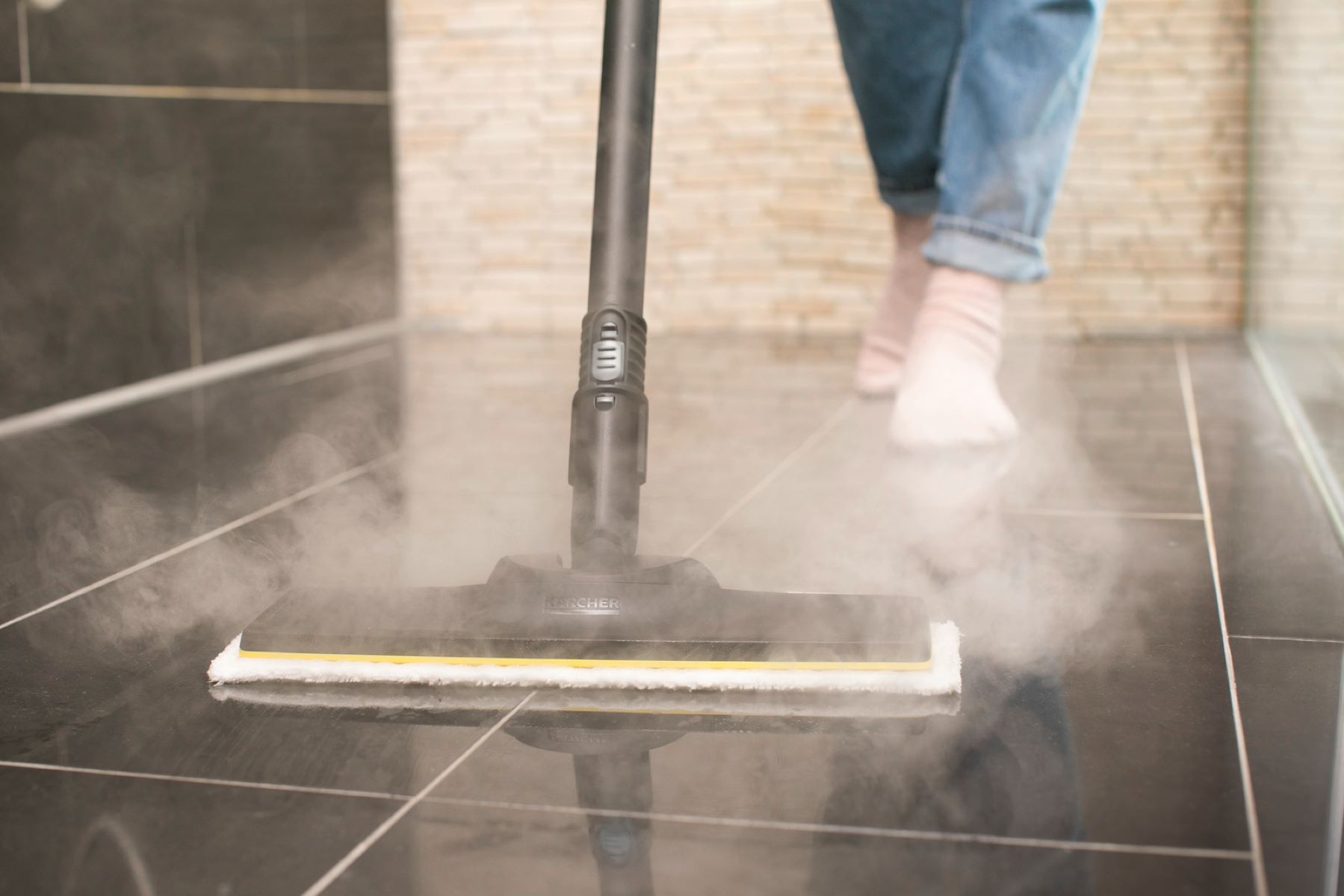

Cleaning Appliances
How To Steam Mop Tile Floors
Modified: February 18, 2024
Learn how to effectively clean and sanitize your tile floors with a steam mop. Discover the best cleaning appliances and techniques for a sparkling clean home.
(Many of the links in this article redirect to a specific reviewed product. Your purchase of these products through affiliate links helps to generate commission for Storables.com, at no extra cost. Learn more)
Introduction
Cleaning tile floors can be a daunting task, especially when dealing with stubborn dirt and grime. Traditional mopping may not always provide the deep clean that your tile floors require. However, with the advancements in cleaning technology, steam mops have become a popular and effective solution for achieving sparkling, sanitized tile floors.
In this comprehensive guide, we will delve into the art of steam mopping tile floors, exploring the benefits of this cleaning method and providing step-by-step instructions on how to use a steam mop effectively. Whether you are a cleaning enthusiast or someone looking to simplify their cleaning routine, this article will equip you with the knowledge and confidence to tackle tile floor maintenance with ease.
Join us as we uncover the secrets to achieving gleaming, germ-free tile floors through the power of steam cleaning.
Key Takeaways:
- Choose a steam mop designed for tile floors, with adjustable settings and suitable attachments. Research and read reviews to make an informed decision for effective and convenient cleaning.
- Prepare tile floors by clearing the area, removing debris, spot treating stains, and filling the water tank. Follow manufacturer’s instructions for a successful steam mopping session.
Read more: What Is The Best Floor Steam Mop
Choosing the Right Steam Mop
Before embarking on your steam mopping journey, it’s crucial to select the right steam mop for your specific needs. With a myriad of options available in the market, it’s essential to consider various factors to ensure that you invest in a steam mop that aligns with your cleaning requirements.
Consider the Following When Choosing a Steam Mop:
- Flooring Compatibility: Not all steam mops are suitable for use on tile floors. Look for a steam mop specifically designed for cleaning tile surfaces to ensure optimal performance and protection for your floors.
- Adjustable Steam Settings: Opt for a steam mop that offers adjustable steam settings. This feature allows you to customize the steam output based on the level of dirt and the type of grime you are dealing with, providing versatility and control during the cleaning process.
- Attachment Options: Some steam mops come with a variety of attachments designed for specific cleaning tasks, such as grout cleaning brushes and scrubbing pads. Assess your cleaning needs and choose a steam mop with attachments that cater to your requirements.
- Water Tank Capacity: A larger water tank capacity means less frequent refills, enabling you to cover more surface area without interruption. Consider the size of the areas you intend to clean to determine the ideal water tank capacity for your needs.
- Steam Activation Time: Look for a steam mop with a quick activation time to minimize waiting periods before you can start cleaning. A rapid heating process ensures that you can tackle cleaning tasks efficiently.
- Reviews and Ratings: Research and read customer reviews to gain insights into the performance, durability, and overall satisfaction levels of different steam mop models. Real-world experiences from other users can offer valuable guidance in making an informed decision.
By carefully evaluating these factors and conducting thorough research, you can select a steam mop that not only meets your cleaning needs but also enhances the effectiveness and convenience of your tile floor maintenance routine.
Preparing the Tile Floors for Steaming
Before diving into the steam mopping process, it’s essential to prepare your tile floors to ensure optimal cleaning results. Proper preparation sets the stage for a thorough and effective steam mopping session, allowing you to tackle dirt and grime with precision.
Follow These Steps to Prepare Your Tile Floors for Steaming:
- Clear the Area: Remove any obstacles, furniture, or items from the tile floors to create a clear and open space for steam mopping. This step prevents potential obstructions and ensures that you can cover the entire floor area seamlessly.
- Dry Debris Removal: Use a broom, vacuum, or dry mop to eliminate loose dirt, dust, and debris from the tile surface. This initial cleaning step prevents the steam mop from spreading or pushing around loose particles during the steaming process.
- Spot Treat Stains: Address stubborn stains or localized grime spots by pre-treating them with an appropriate cleaning solution. Allow the solution to sit for the recommended duration, then gently scrub the affected areas to loosen the stains before proceeding with steam mopping.
- Check Grout Lines: Inspect the grout lines between the tiles for any deeply embedded dirt or discoloration. If necessary, consider using a grout cleaner or a targeted grout brush attachment with your steam mop to address grout-specific cleaning needs.
- Fill the Water Tank: Ensure that the steam mop’s water tank is filled with clean water, following the manufacturer’s guidelines. Using distilled water can help minimize mineral buildup and prolong the life of your steam mop.
- Review Manufacturer’s Instructions: Familiarize yourself with the specific guidelines provided by the steam mop’s manufacturer. Understanding the recommended usage, safety precautions, and any unique features of your steam mop can contribute to a smooth and successful cleaning experience.
By taking the time to prepare your tile floors meticulously, you set the stage for an efficient and rewarding steam mopping session. These preparatory steps lay the groundwork for achieving pristine, sanitized tile floors that exude a fresh and revitalized appeal.
Make sure to vacuum or sweep the tile floor before using a steam mop to remove any loose dirt and debris. This will ensure a more effective and thorough cleaning.
Using the Steam Mop on Tile Floors
Now that your tile floors are prepped and ready, it’s time to unleash the power of steam cleaning to revitalize and sanitize the surfaces. The process of using a steam mop on tile floors involves a series of steps designed to maximize cleaning efficacy while safeguarding the integrity of the flooring. By following these guidelines, you can harness the full potential of your steam mop and achieve remarkable results.
Step-by-Step Guide for Steam Mopping Tile Floors:
- Power On and Heat Up: Plug in your steam mop and allow it to heat up according to the manufacturer’s instructions. The heating time may vary depending on the model, so it’s essential to wait until the steam is ready for use.
- Begin in a Corner: Start in a corner of the room and gradually work your way across the tile floors. This approach ensures that you cover the entire surface methodically without missing any areas.
- Hold the Steam Mop Handle: Grip the handle of the steam mop comfortably, maintaining a steady and controlled posture as you maneuver the mop across the tile floors. A firm yet fluid motion helps distribute the steam evenly for consistent cleaning results.
- Steam in Sections: Divide the floor into manageable sections and focus on steaming one area at a time. Overlapping your steam mop strokes slightly ensures thorough coverage and helps address persistent stains or grime buildup.
- Utilize Steam Burst for Stubborn Areas: For particularly stubborn spots or heavily soiled regions, activate the steam burst feature on your steam mop to deliver an extra boost of cleaning power. Direct the intensified steam towards the problematic areas to dislodge tough dirt effectively.
- Monitor Steam Output: Pay attention to the steam output and adjust the settings as needed based on the level of cleaning required. Higher steam levels may be suitable for deep cleaning, while lower settings can suffice for regular maintenance.
- Avoid Excessive Moisture: Refrain from oversaturating the tile floors with excessive steam. While steam mopping is a moisture-based cleaning method, it’s important to maintain a balance and prevent prolonged exposure to moisture, especially in grouted areas.
- Allow Drying Time: After steam mopping the entire floor, allow the tile surfaces to air dry thoroughly. Proper drying helps prevent the accumulation of moisture and ensures that your freshly cleaned floors regain their natural luster.
By following these steps and techniques, you can harness the transformative potential of steam mopping to breathe new life into your tile floors. The combination of heat and steam works synergistically to eliminate germs, dirt, and grime, leaving your tile surfaces immaculately clean and rejuvenated.
Cleaning and Maintaining the Steam Mop
Proper maintenance of your steam mop is essential to ensure its longevity and sustained cleaning performance. By incorporating regular cleaning and maintenance practices into your cleaning routine, you can uphold the efficiency and functionality of your steam mop, allowing it to continue delivering exceptional results on your tile floors.
Key Steps for Cleaning and Maintaining Your Steam Mop:
- Empty and Rinse the Water Tank: After each use, empty any remaining water from the tank and rinse it thoroughly to remove residual mineral deposits or debris. Keeping the water tank clean prevents clogging and maintains the purity of the steam produced.
- Clean the Mop Pads: If your steam mop utilizes reusable mop pads, remove them and launder them according to the manufacturer’s instructions. Regularly washing the mop pads helps remove accumulated dirt and ensures that they remain effective for future use.
- Inspect for Blockages: Periodically check the steam mop’s nozzles and internal components for potential blockages or obstructions. Clearing any blockages ensures consistent steam flow and prevents performance issues.
- Descale the Mop: If you notice a decrease in steam output or mineral buildup, consider descaling your steam mop as per the manufacturer’s recommendations. Descaling helps eliminate mineral deposits that can hinder the mop’s functionality.
- Store Properly: When not in use, store your steam mop in a clean, dry area. Proper storage safeguards the mop from damage and helps maintain its components in optimal condition for future cleaning sessions.
- Replace Consumable Parts: Keep track of the lifespan of consumable parts, such as mop pads and filters, and replace them as needed. Fresh components contribute to effective cleaning and prevent potential issues associated with worn-out parts.
- Regular Maintenance Checks: Conduct periodic maintenance checks to ensure that all components, including the handle, cord, and attachments, are in good condition. Addressing any wear and tear promptly can prolong the overall lifespan of your steam mop.
By incorporating these cleaning and maintenance practices into your steam mop care routine, you can uphold the integrity of your cleaning equipment and optimize its performance for ongoing use. Consistent maintenance not only preserves the functionality of your steam mop but also contributes to the longevity of your tile floors by ensuring thorough and hygienic cleaning results.
Read more: What Is Best Mop For Tile Floors
Conclusion
Embarking on the journey of steam mopping tile floors opens the door to a world of efficient, hygienic, and rejuvenating cleaning experiences. The transformative power of steam, coupled with the precision of modern steam mops, elevates the process of maintaining tile floors to a new level of effectiveness and convenience.
By selecting the right steam mop tailored to your needs, meticulously preparing your tile floors, and mastering the art of steam mopping, you can achieve remarkable results that go beyond surface cleanliness. The heat and steam work in harmony to sanitize and revitalize your tile floors, breathing new life into your living spaces.
Furthermore, the commitment to regular cleaning and maintenance of your steam mop ensures that this indispensable cleaning tool remains a steadfast ally in your quest for pristine tile floors. By upholding the integrity of your steam mop, you can continue to harness its cleaning prowess, delivering consistent and exceptional results with each use.
As you embrace the art of steam mopping tile floors, remember that the process is not merely about cleaning; it’s about transforming your living environment into a space that exudes freshness, cleanliness, and comfort. The satisfaction of walking barefoot on flawlessly clean tile floors is a testament to the impact of steam mopping on both cleanliness and overall well-being.
So, whether you’re revitalizing your kitchen, bathroom, or any tiled area in your home, the journey of steam mopping tile floors is a transformative experience that enhances the cleanliness, comfort, and visual appeal of your living spaces. Embrace the power of steam, and let your tile floors radiate with the brilliance that only a thorough and rejuvenating clean can bring.
Frequently Asked Questions about How To Steam Mop Tile Floors
Was this page helpful?
At Storables.com, we guarantee accurate and reliable information. Our content, validated by Expert Board Contributors, is crafted following stringent Editorial Policies. We're committed to providing you with well-researched, expert-backed insights for all your informational needs.
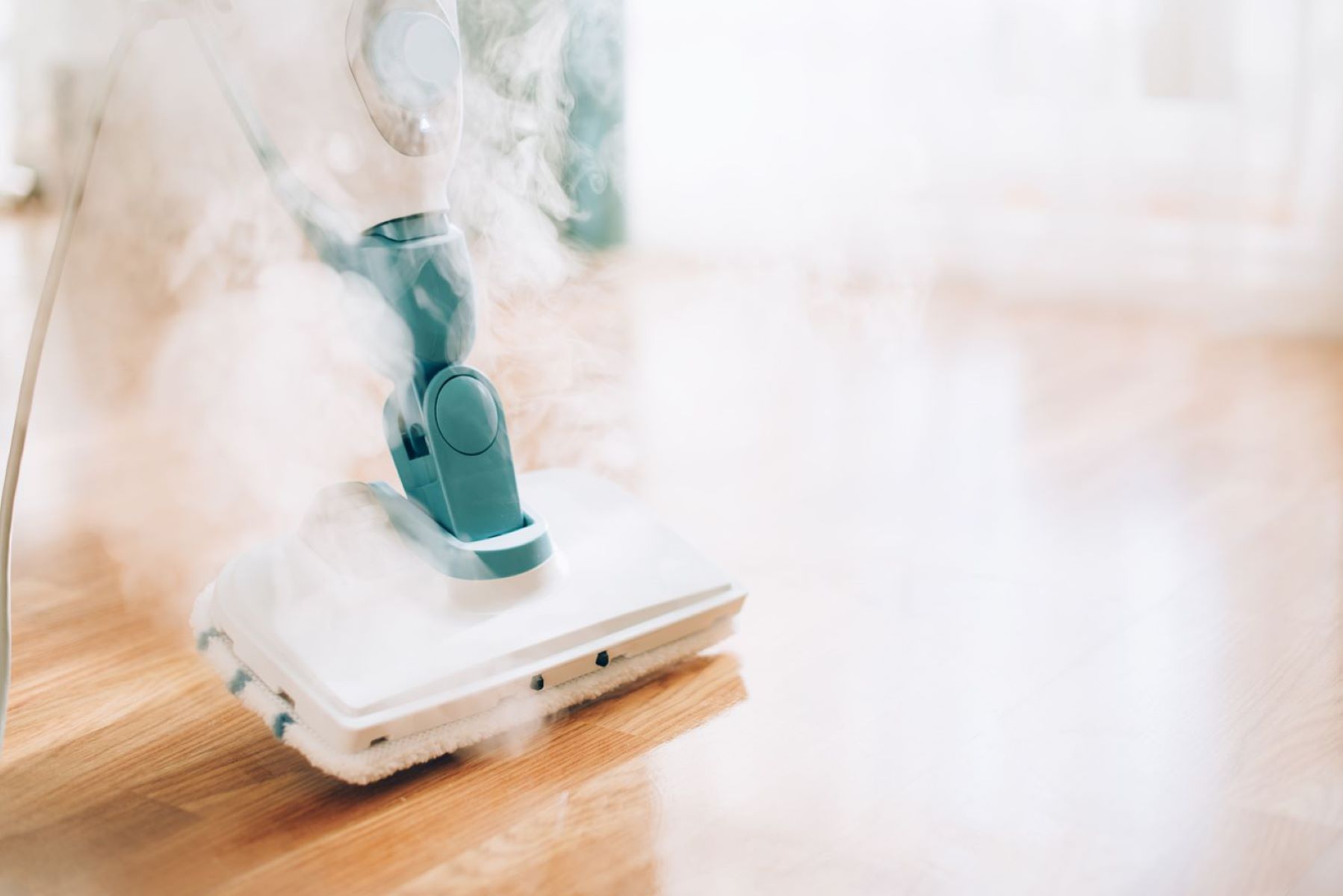
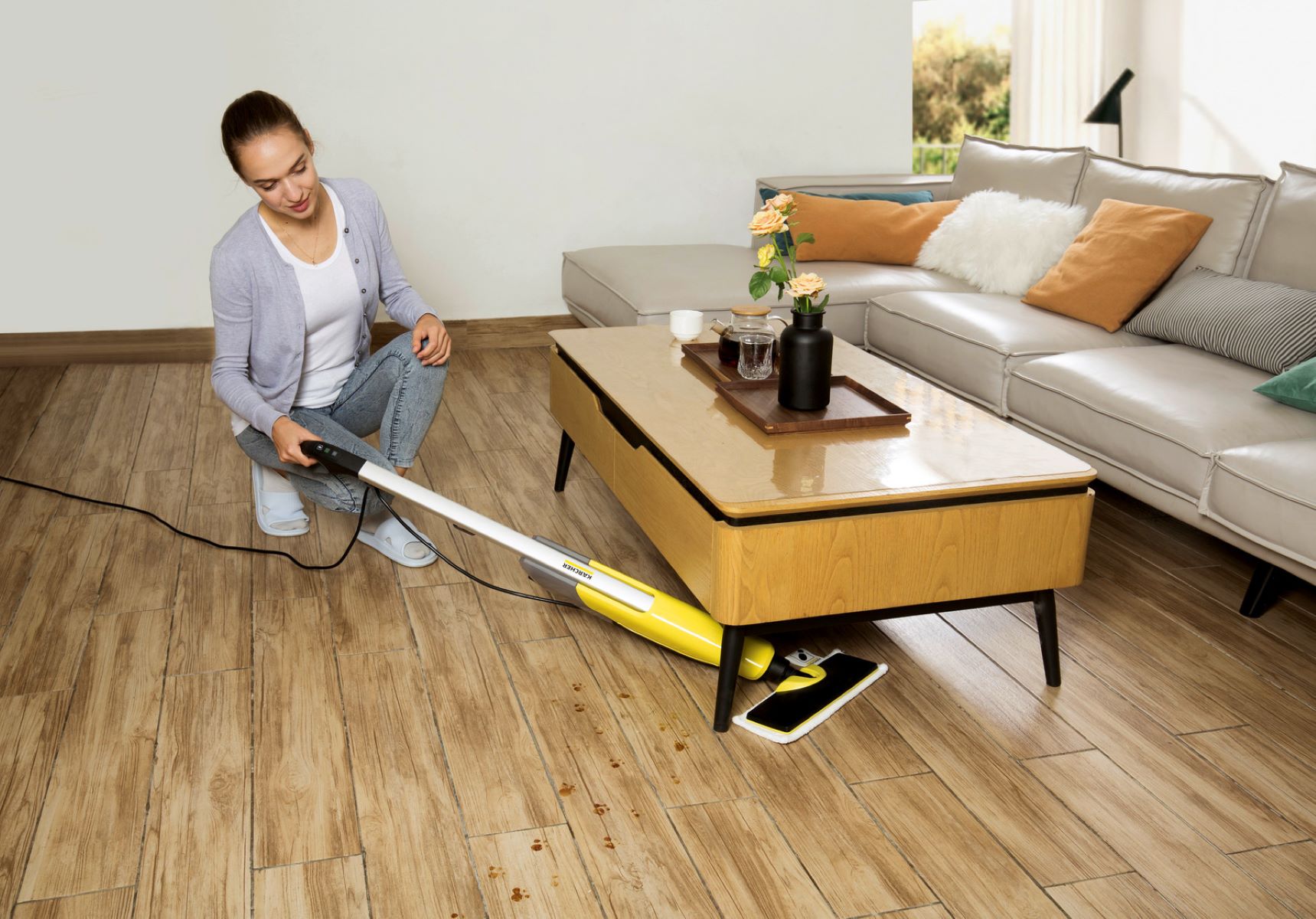
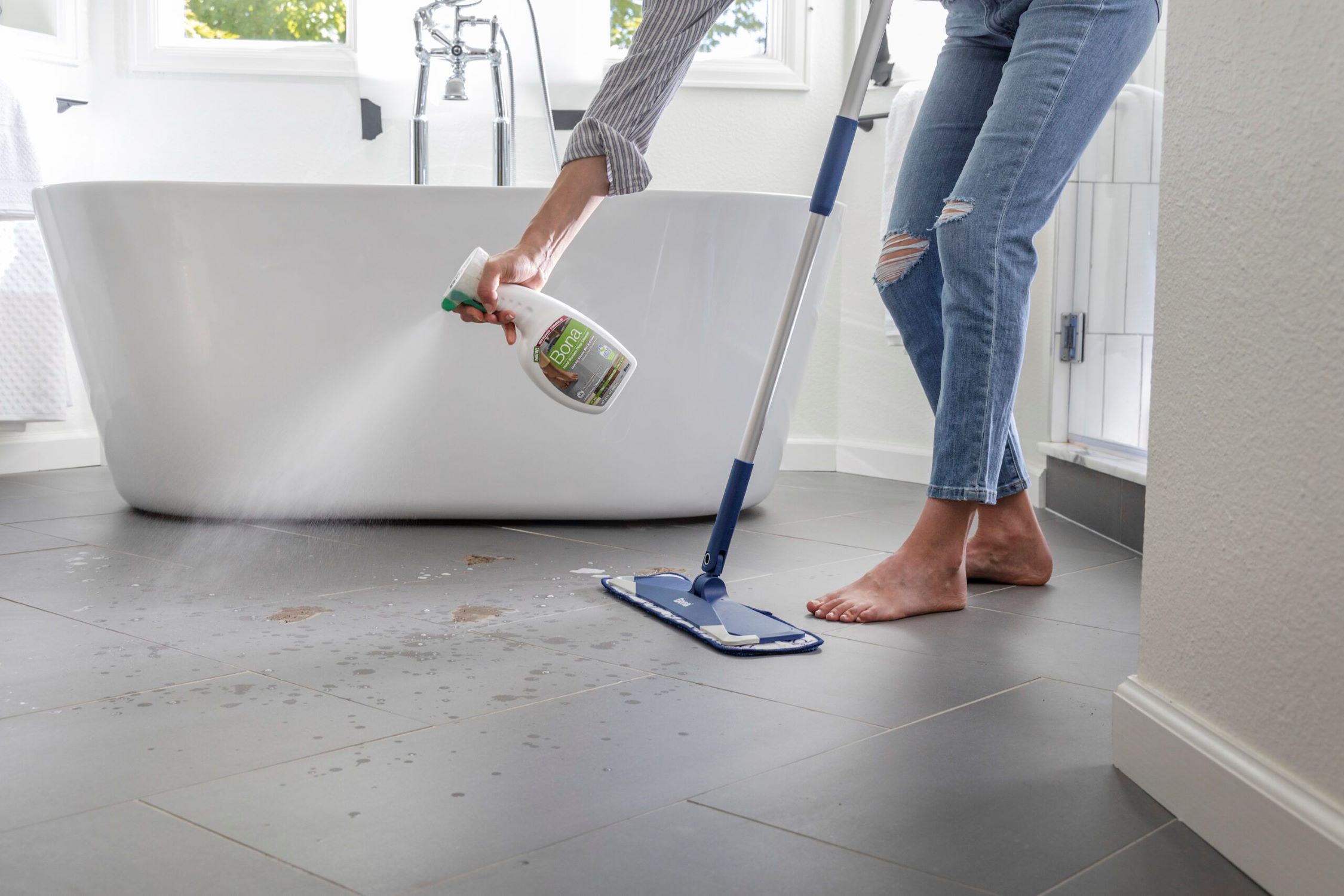
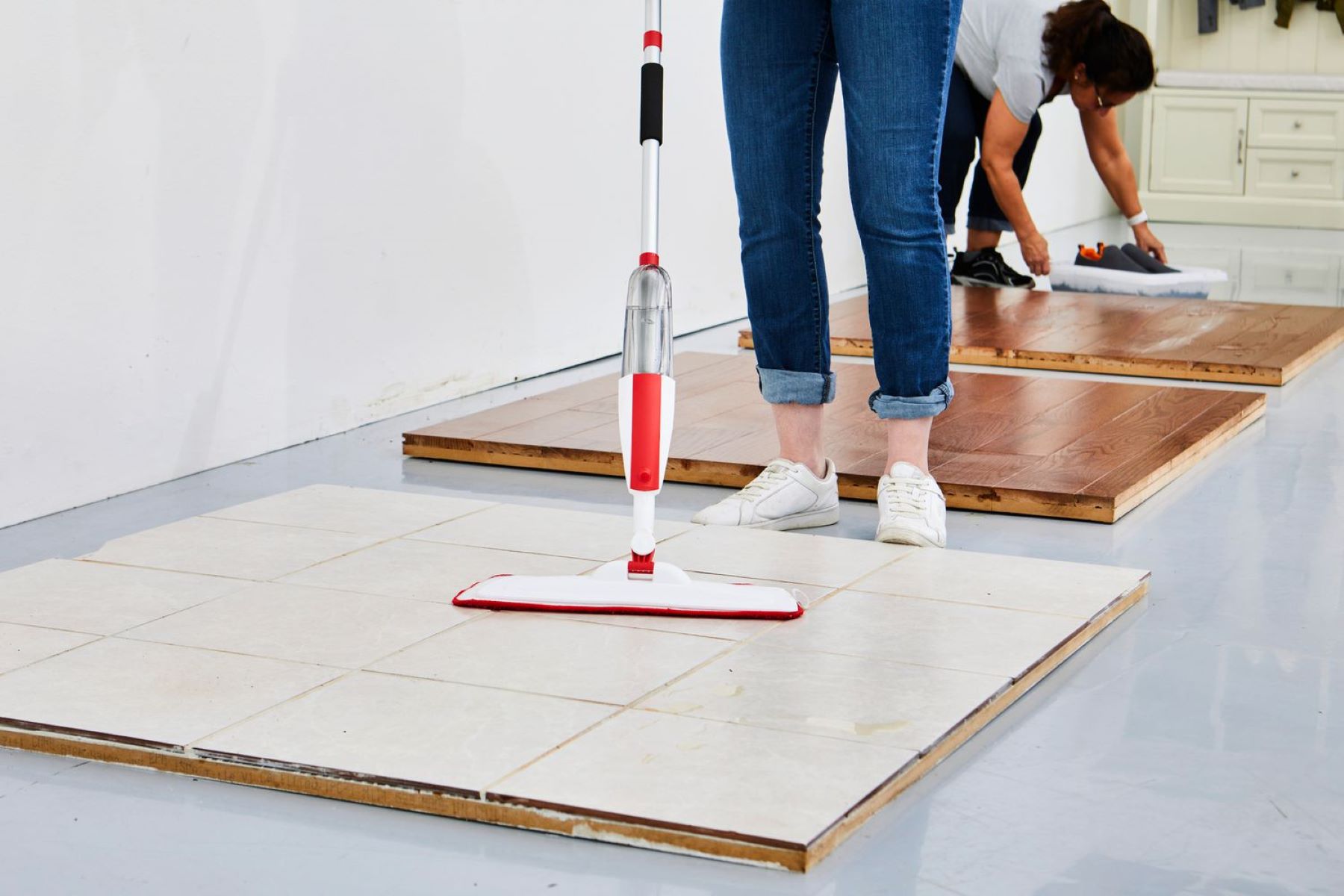
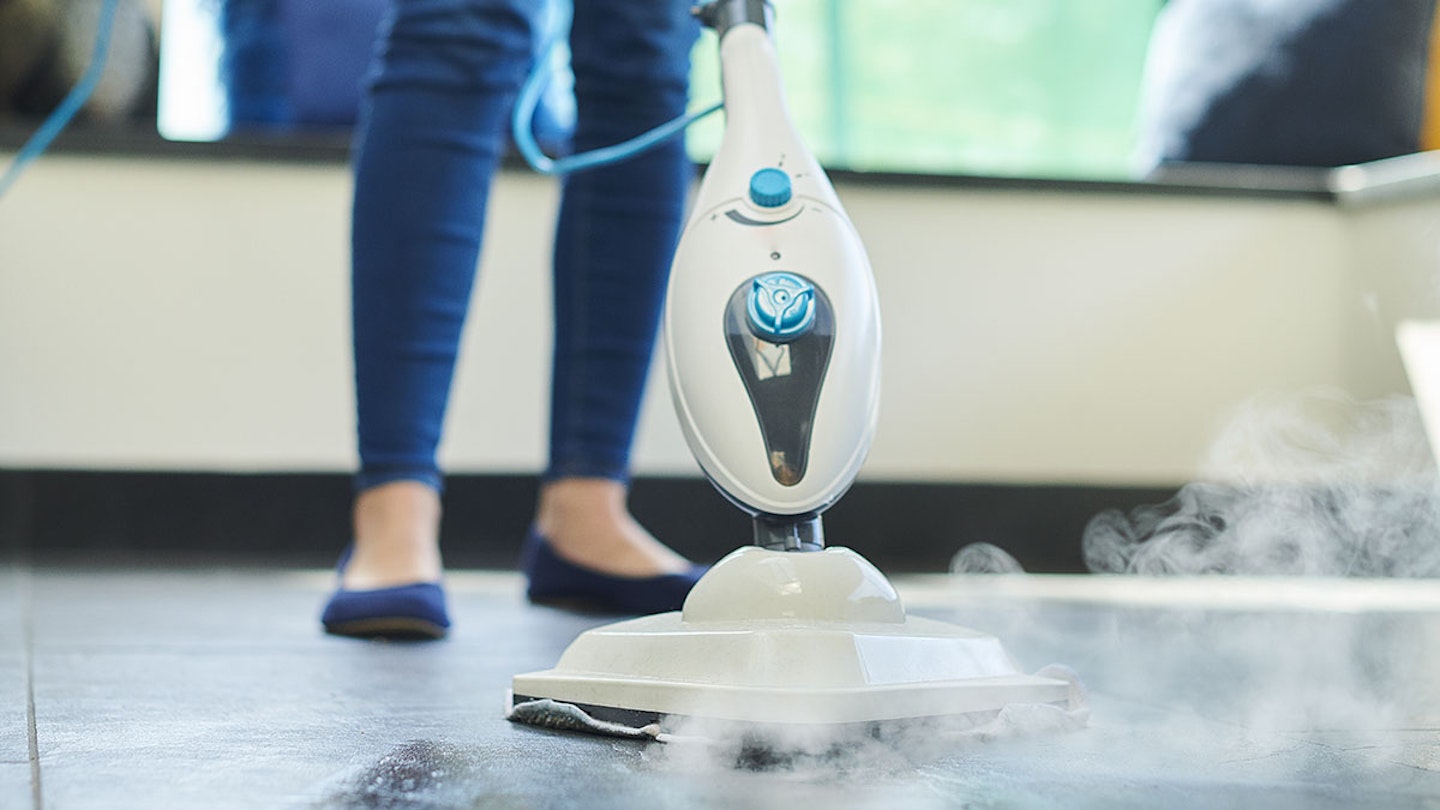
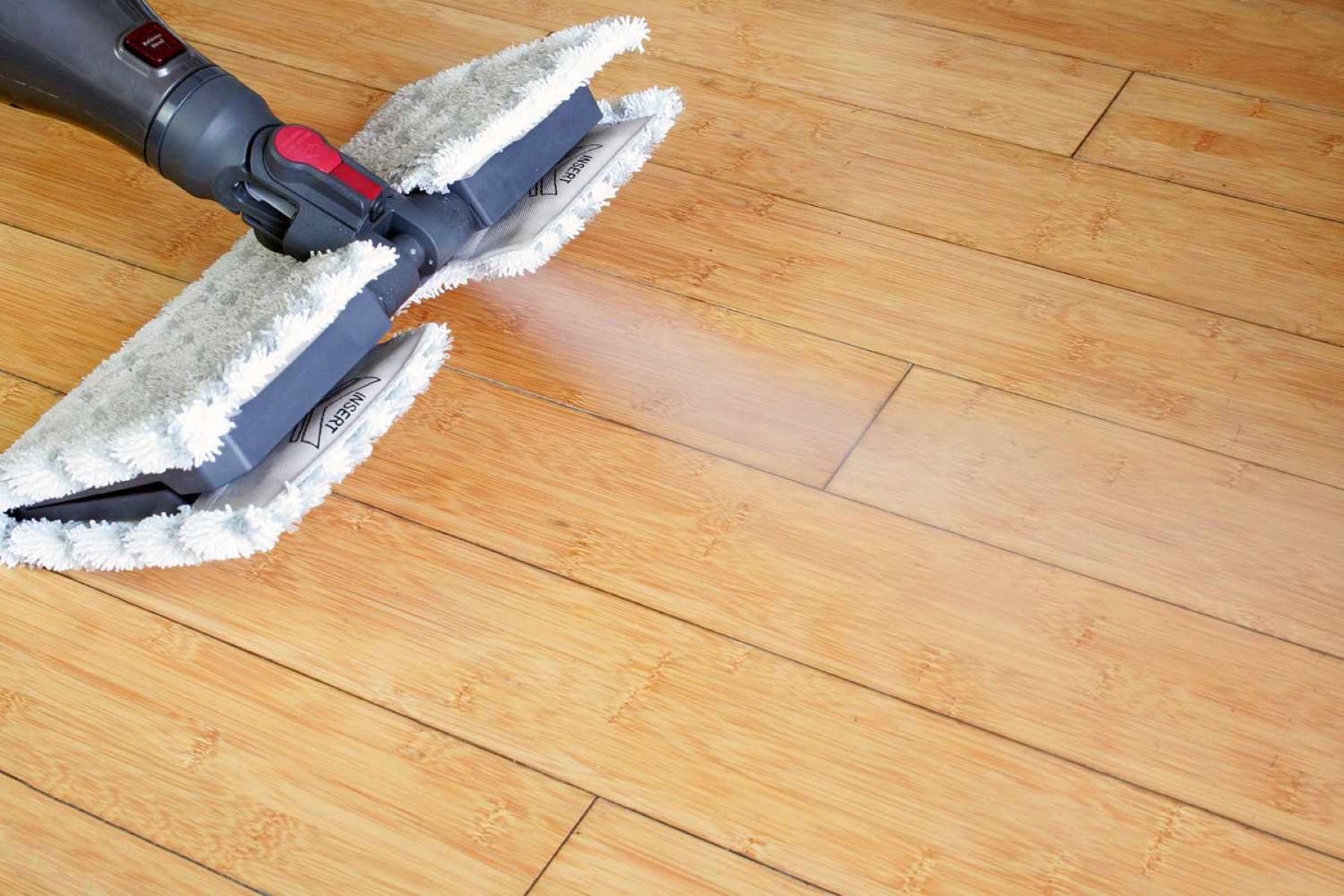
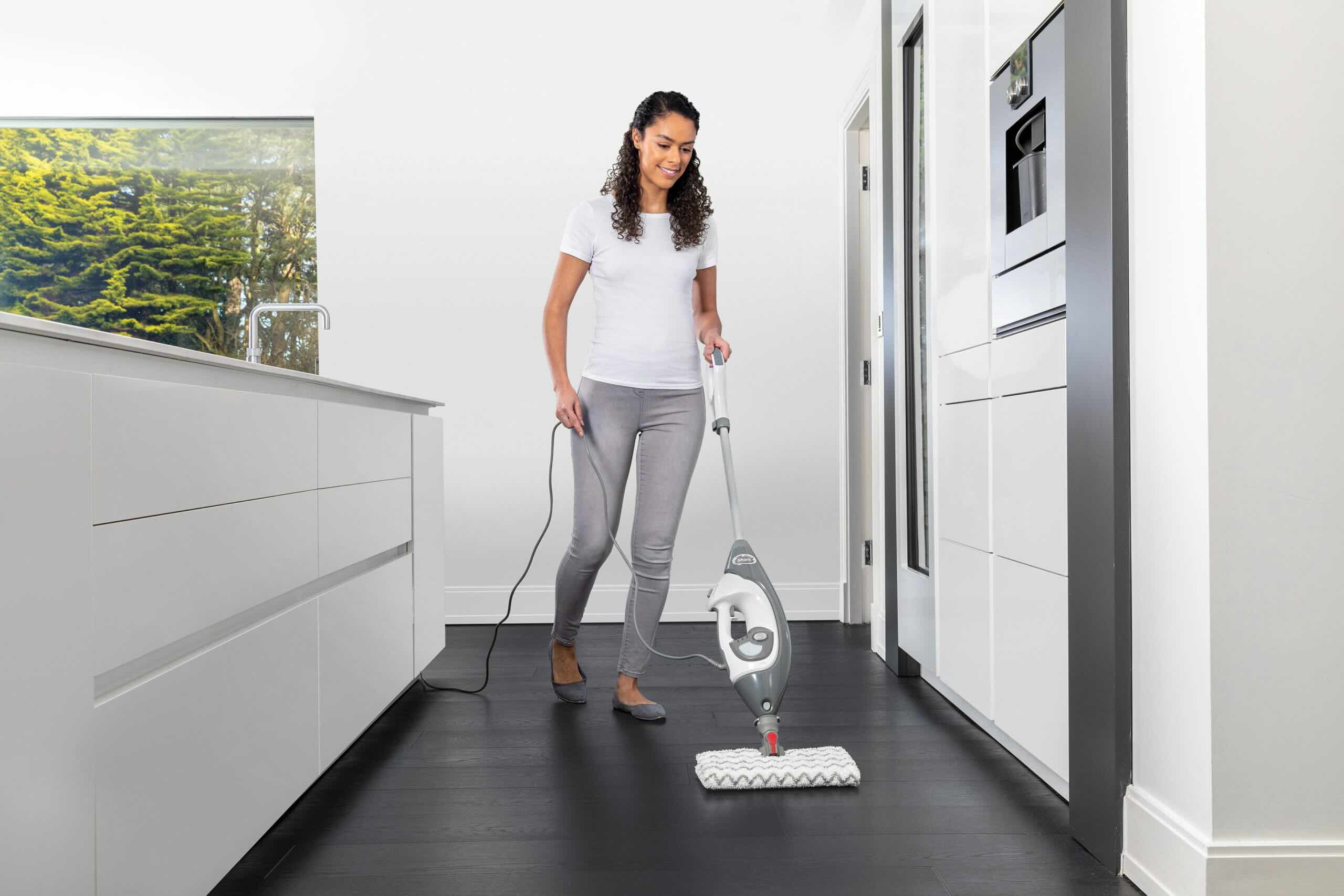
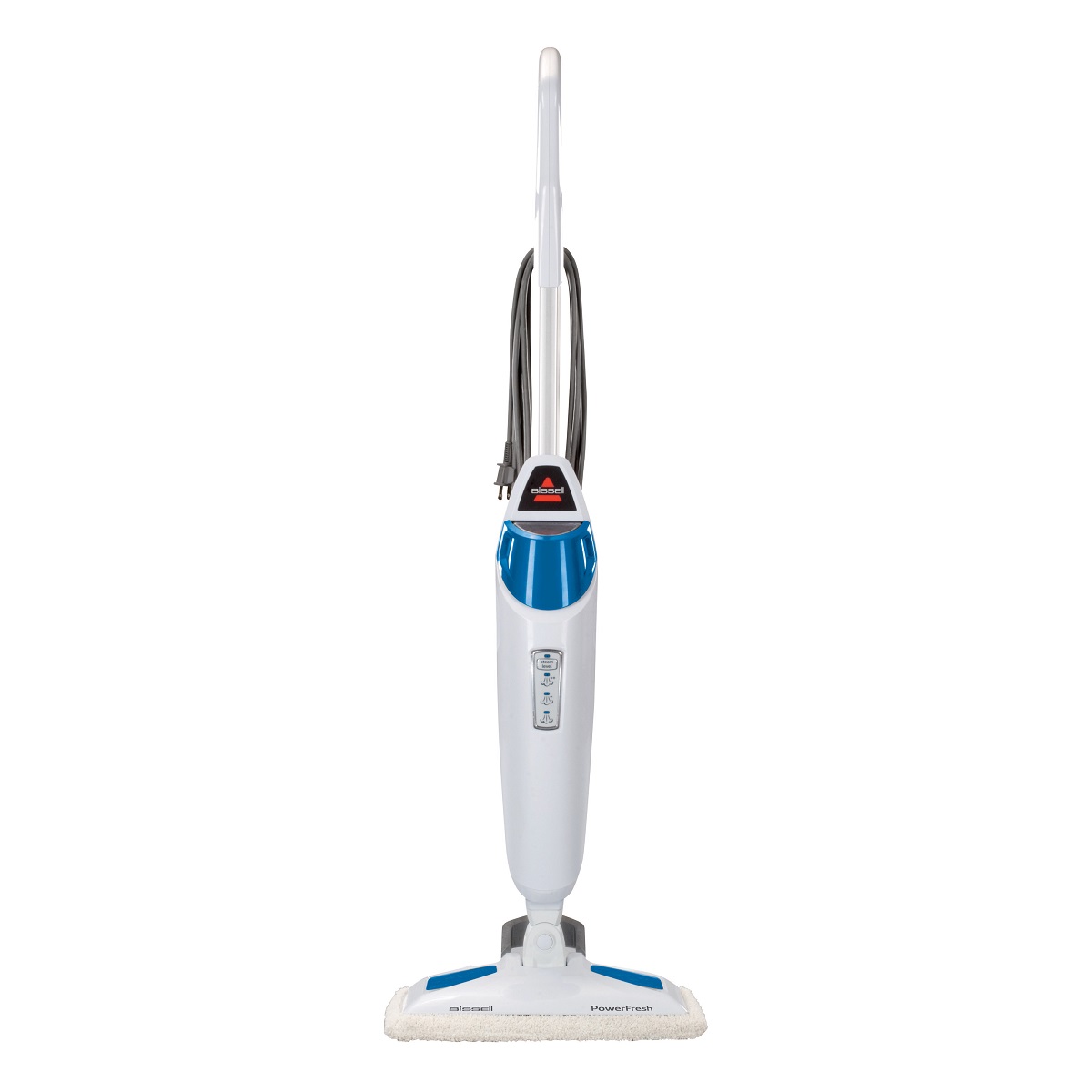
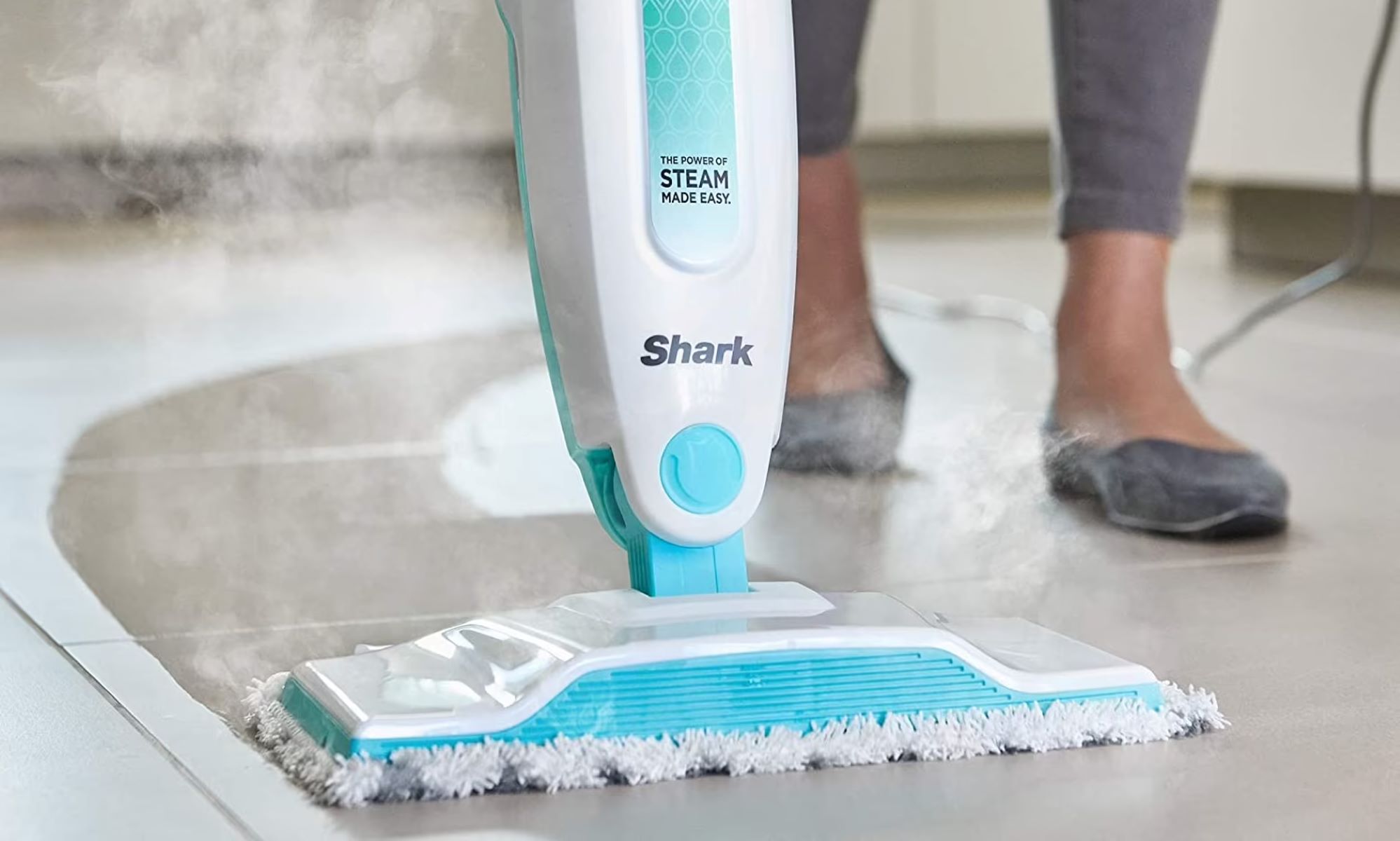
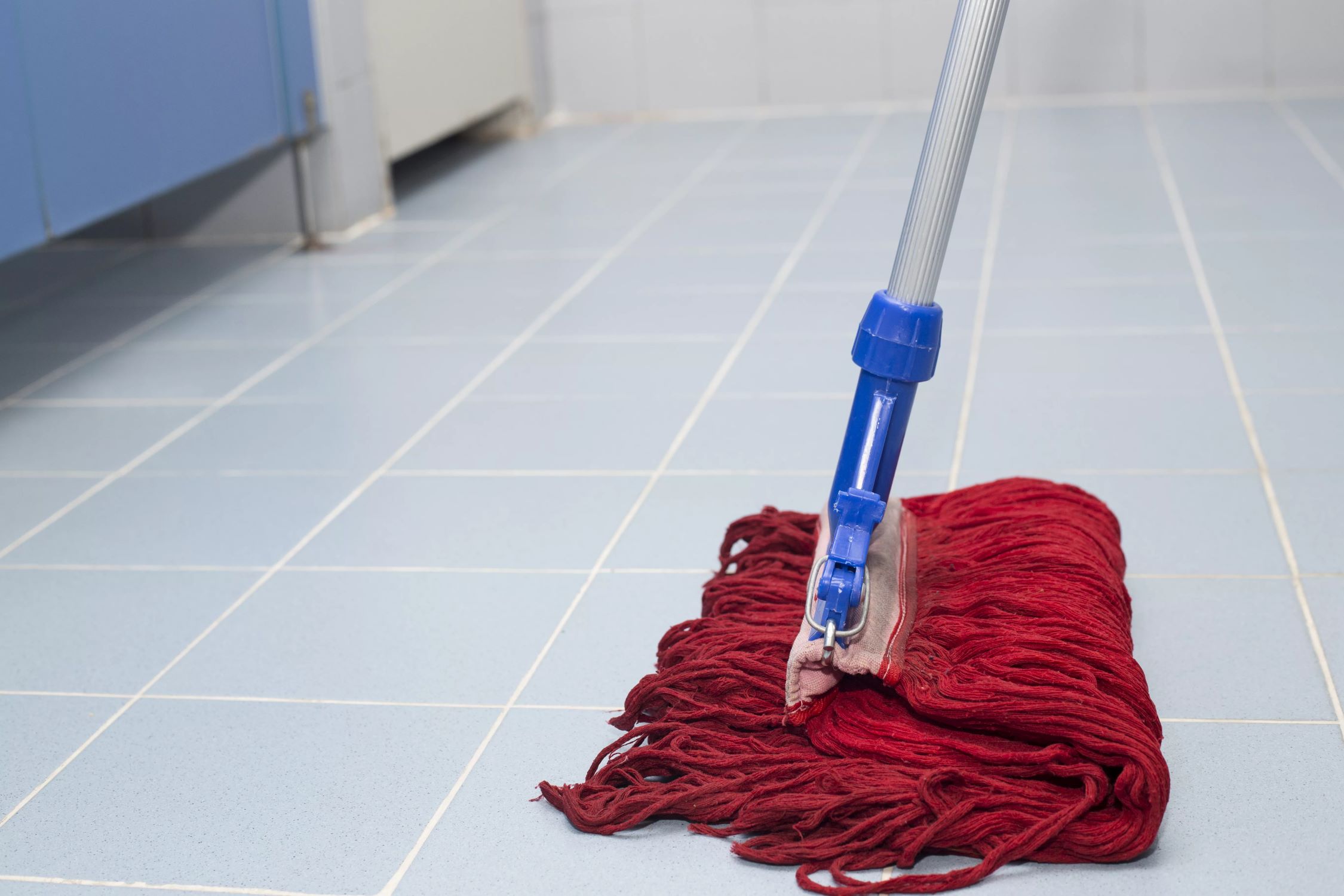
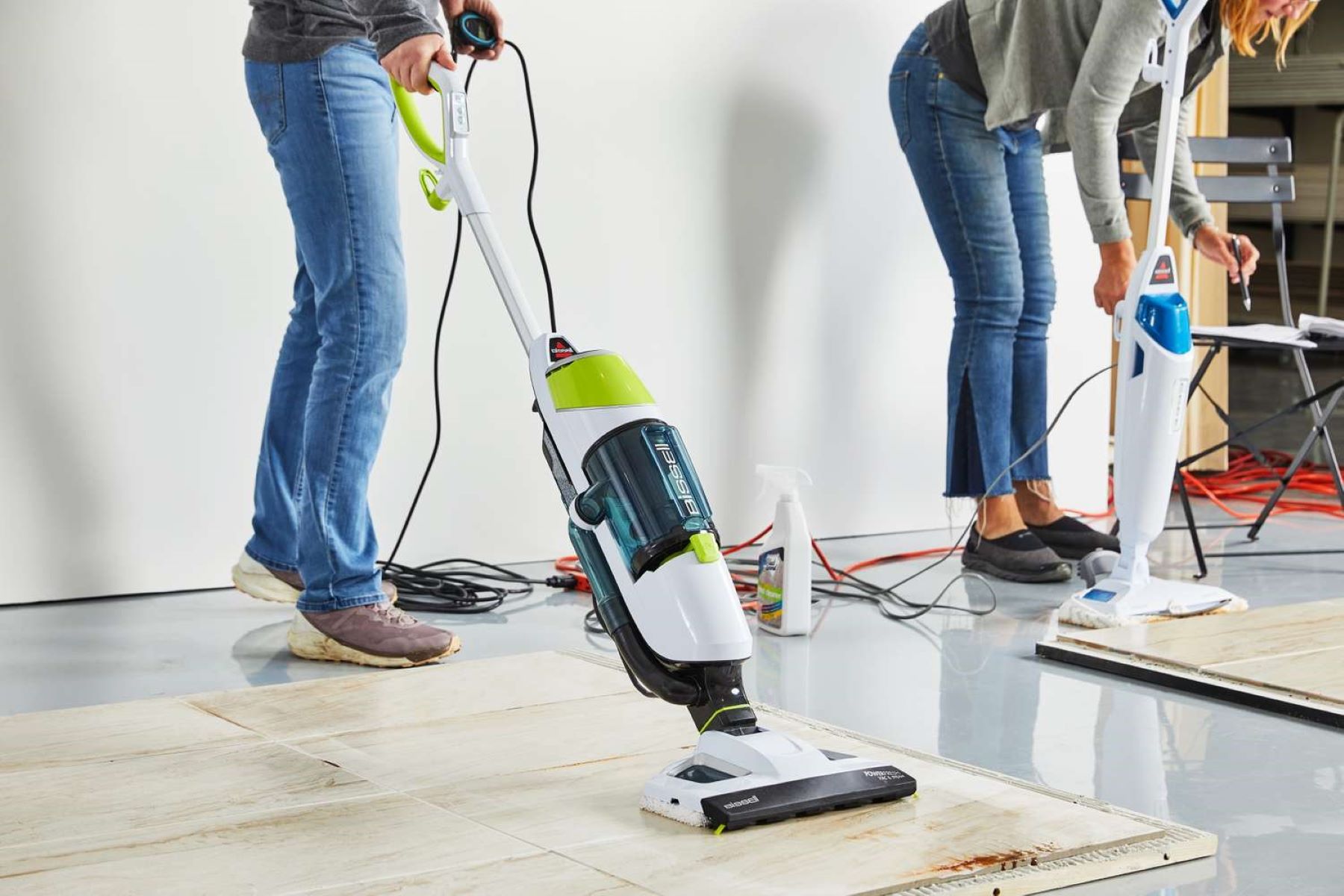
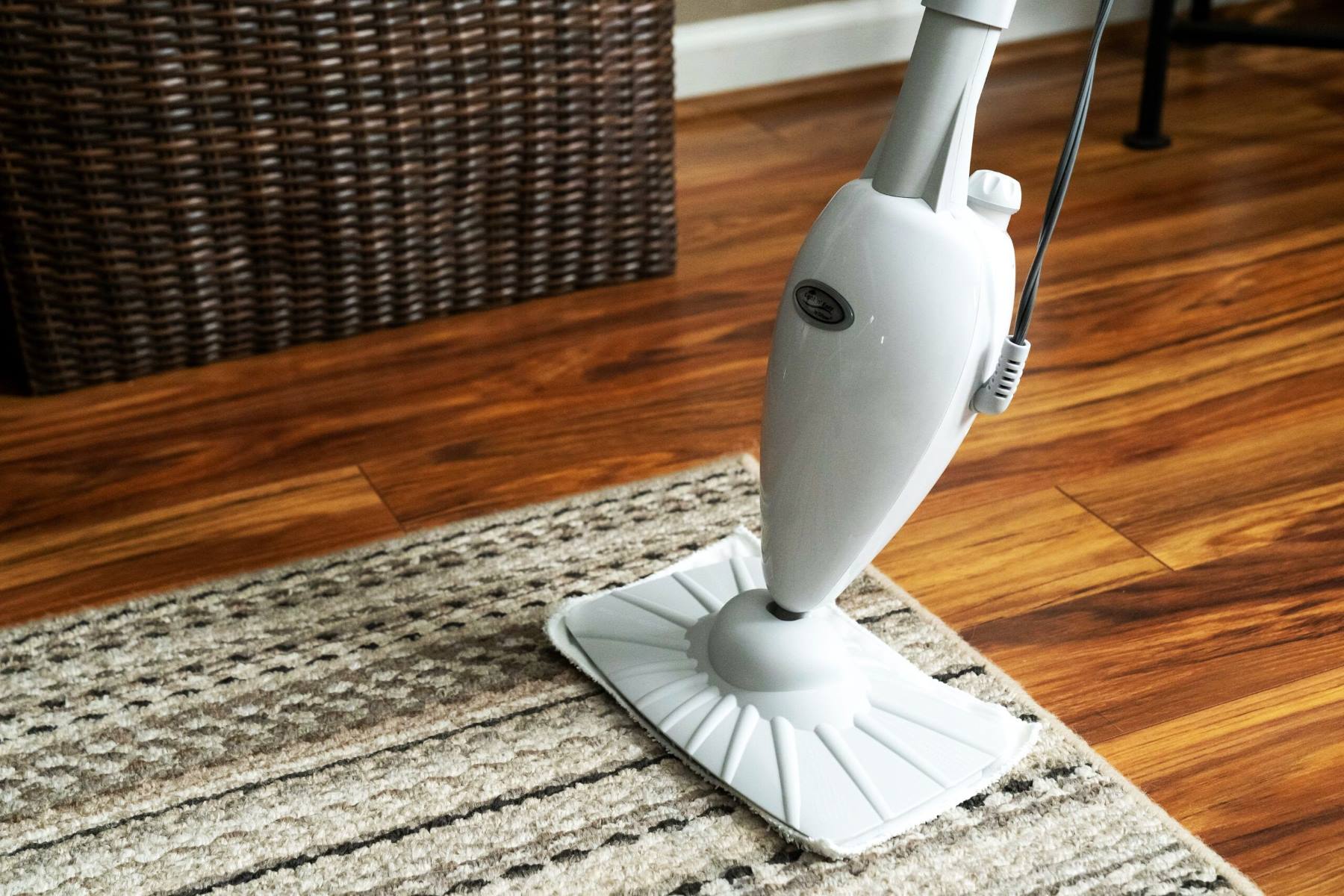
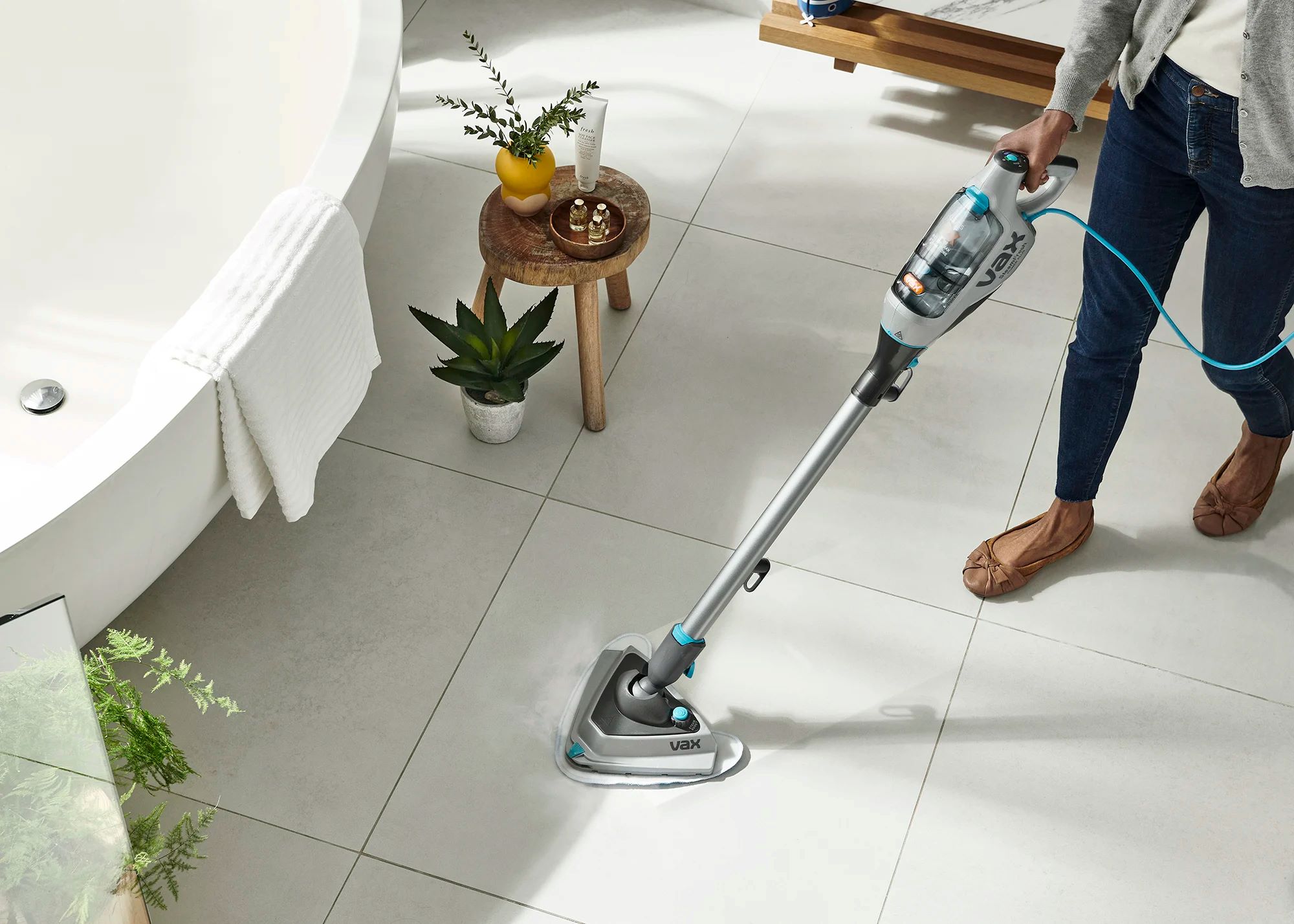
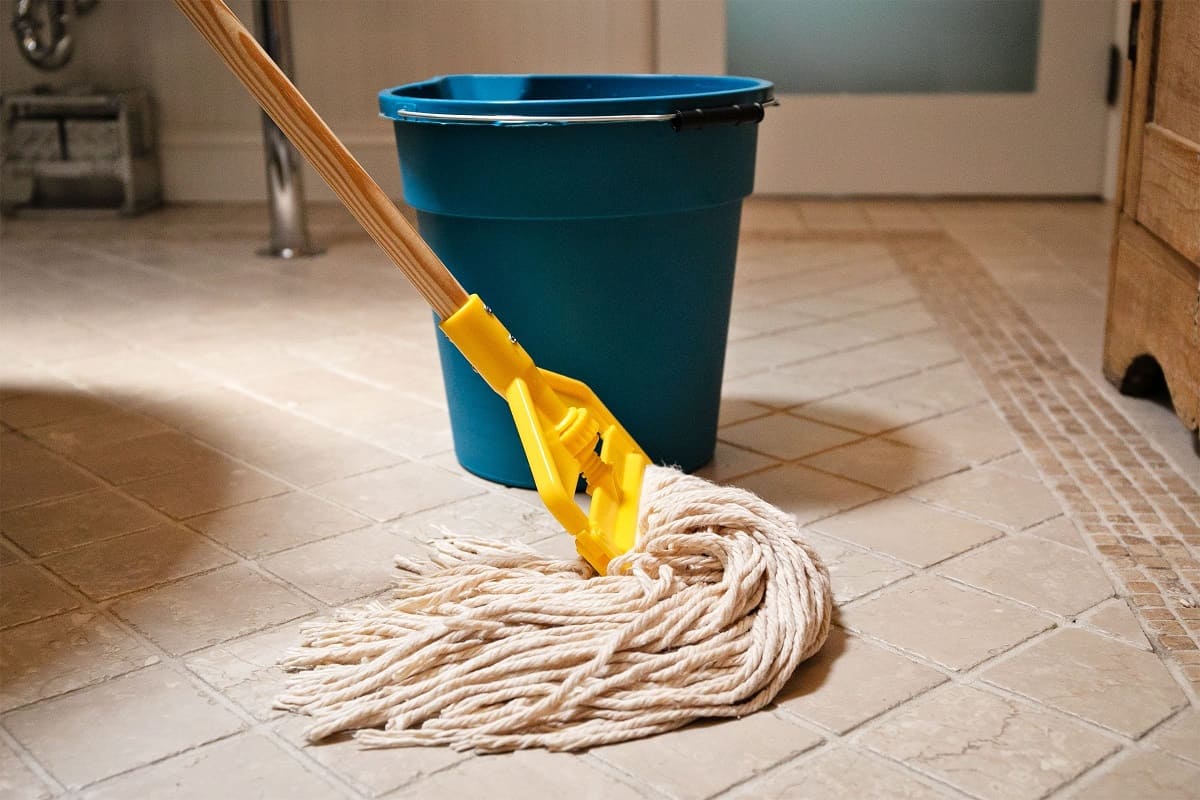

0 thoughts on “How To Steam Mop Tile Floors”